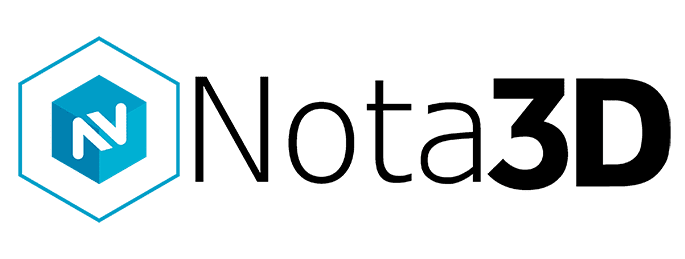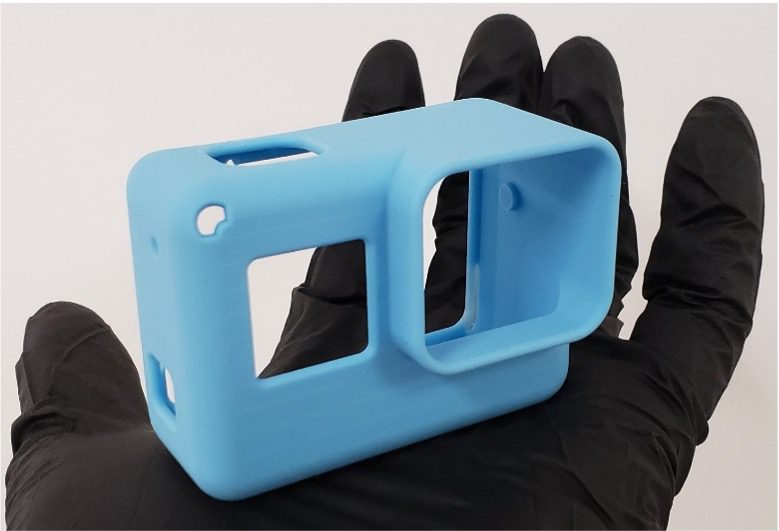Examining the Uses and Advantages of Using Plastic in 3D Printing
Plastic 3D printing is one of the fastest and most cost-effective ways to create iterative designs, prototypes, and custom parts. This process with plastic, also known as additive manufacturing, begins with creating a digital 3D model using computer-aided design (CAD) software. The model is then sliced into numerous thin layers, and the printer interprets these slices as instructions. Plastic filament is then heated and extruded through a nozzle. The nozzle moves precisely according to the instructions, depositing molten plastic layer by layer to gradually build the object. As each layer cools and solidifies, it fuses with the previous layer, forming a sturdy and cohesive structure.
This layer-by-layer approach allows for creating of intricate and complex geometries, enabling the production of prototypes, customized products, and even replacement parts. The versatility, speed, and cost-effectiveness of 3D printing with plastic have made it a game-changer across various industries, including manufacturing, healthcare, and design. This article will examine a wide range of common objects that can be created using various types of plastic materials, the advantages of 3D plastics printing, as well as some of the most frequently used plastics in additive manufacturing.
Common Types of Objects Printed With 3D Plastics Printing:
With 3D plastic printing, a wide range of objects and prototypes can be created using various types of plastic materials. Some common objects that can be printed with 3D plastic printing include:
- Prototypes – 3D printing allows for rapid prototyping, enabling designers and engineers to quickly create physical models of their ideas and test their functionality.
- Consumer products – Many consumer products can be 3D printed, including phone cases, jewelry, fashion accessories, toys, kitchen gadgets, and customized household items.
- Medical devices – 3D printing has revolutionized the medical field by enabling the production of patient-specific implants, prosthetics, surgical instruments, anatomical models, and personalized medical devices.
- Automotive components – Certain automotive parts, such as interior components, brackets, custom trim pieces, and prototype parts, can be 3D printed to speed up development and reduce costs.
- Aerospace components – 3D printing is used to produce lightweight and complex parts for aerospace applications, such as engine components, air ducts, brackets, and prototypes.
- Architecture models – Architects use 3D printing to create detailed models of buildings, allowing them to visualize and communicate their designs effectively.
- Educational models – 3D printing is used in education to create models and visual aids for various subjects, including biology, geography, engineering, and history.
- Artistic creations – Artists and sculptors use 3D printing to bring their creative visions to life, producing intricate sculptures, art installations, and unique pieces that would be difficult to achieve through traditional methods.
These are just a few examples, and the possibilities are virtually limitless. 3D plastic printing has opened up new avenues for customization, rapid prototyping, and the production of complex geometries, making it a versatile technology in various industries.
6 Advantages of Plastic 3D Printing
- Durable – the engineered materials used to create the plastic parts are tough and functional
- Scalable – efficient production of objects in varying sizes, from small intricate components to large-scale prototypes or even full-sized functional products
- Precision – enables the creation of intricate details and fine geometries with accuracy
- Design Freedom – allows for the production of complex and customized geometries that are difficult or impossible to achieve with traditional manufacturing methods
- Rapid Prototyping – facilitates quick and cost-effective prototyping by reducing the time and expense typically associated with traditional prototyping processes
- Cost Efficiency – reduces material waste and eliminates the need for costly tooling
Types of Plastics Used in 3D Printing
Several types of plastics are commonly used in 3D printing, each with its own properties and applications. The most frequently used plastics in 3D printing include:
- Polylactic Acid (PLA) – PLA is a popular choice for 3D printing due to its ease of use, low printing temperatures, and biodegradability. It is derived from renewable resources such as cornstarch or sugarcane. PLA is known for its stiffness, ease of printing, and vibrant color options. It is commonly used for prototypes, consumer products, and decorative items.
- Acrylonitrile Butadiene Styrene (ABS) – ABS is a strong and durable plastic often used in traditional injection molding. It offers good impact resistance, heat resistance, and is available in a wide range of colors. ABS requires higher printing temperatures and may require a heated build plate. It is commonly used for functional prototypes, automotive parts, and mechanical components.
- Polyethylene Terephthalate Glycol (PETG) – PETG is a versatile material that combines the ease of printing with good strength, durability, and clarity. It has excellent layer adhesion and is resistant to moisture and chemicals. PETG is commonly used for functional prototypes, mechanical parts, and containers.
- Nylon – Nylon, or polyamide, is a strong and flexible material with high impact resistance. It has excellent mechanical properties, good chemical resistance, and low friction. Nylon is commonly used for functional prototypes, gears, mechanical parts, and tools.
- Polycarbonate (PC) – PC is a tough and impact-resistant plastic with high heat resistance. It has excellent optical clarity and can withstand high temperatures without deforming. PC is commonly used for functional prototypes, automotive components, and transparent parts.
- Thermoplastic Polyurethane (TPU) – TPU is a flexible and elastic material known for its rubber-like properties. It has high abrasion resistance, good flexibility, and can be printed in different levels of hardness. TPU is commonly used for soft-touch grips, gaskets, shoe soles, and wearable devices.
These are some of the most commonly used plastics in 3D printing, but there are many other materials available, including specialty filaments with unique properties like conductivity, flame resistance, or wood-like textures. The choice of plastic depends on the specific requirements of the printed object, such as strength, flexibility, heat resistance, or visual appearance.
Nota3D is made up of 3D printing enthusiasts representing over 40 years of combined industry experience. With backgrounds in technical support, operations, applications, customer support & sales, we provide an all-in-one solution to the companies we serve. We help companies create the best possible products by equipping them with the right 3D technology and supporting their growth.
What you can expect from us is a very personal approach coming from a place of genuine interest and curiosity. We feel it’s not right to recommend a solution until we have a full understanding of your processes (current & future). At that point, we will recommend a solution…even if that solution isn’t from us. To find out more about how we can help, contact us today.

